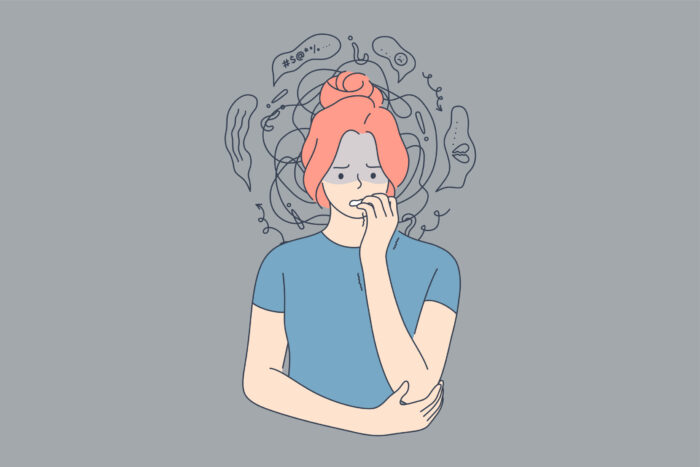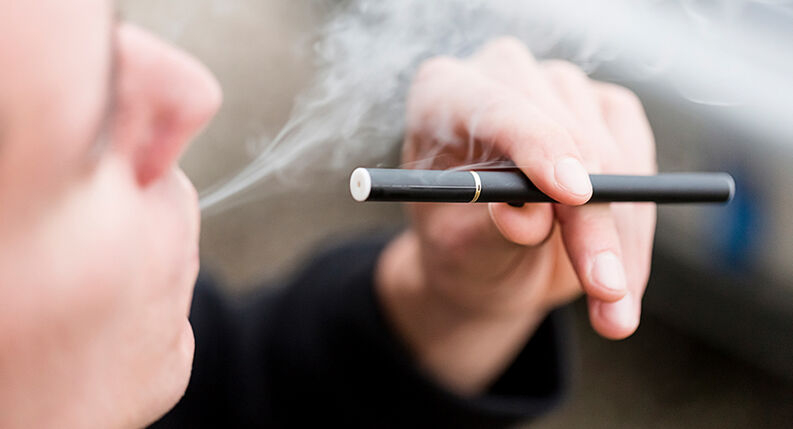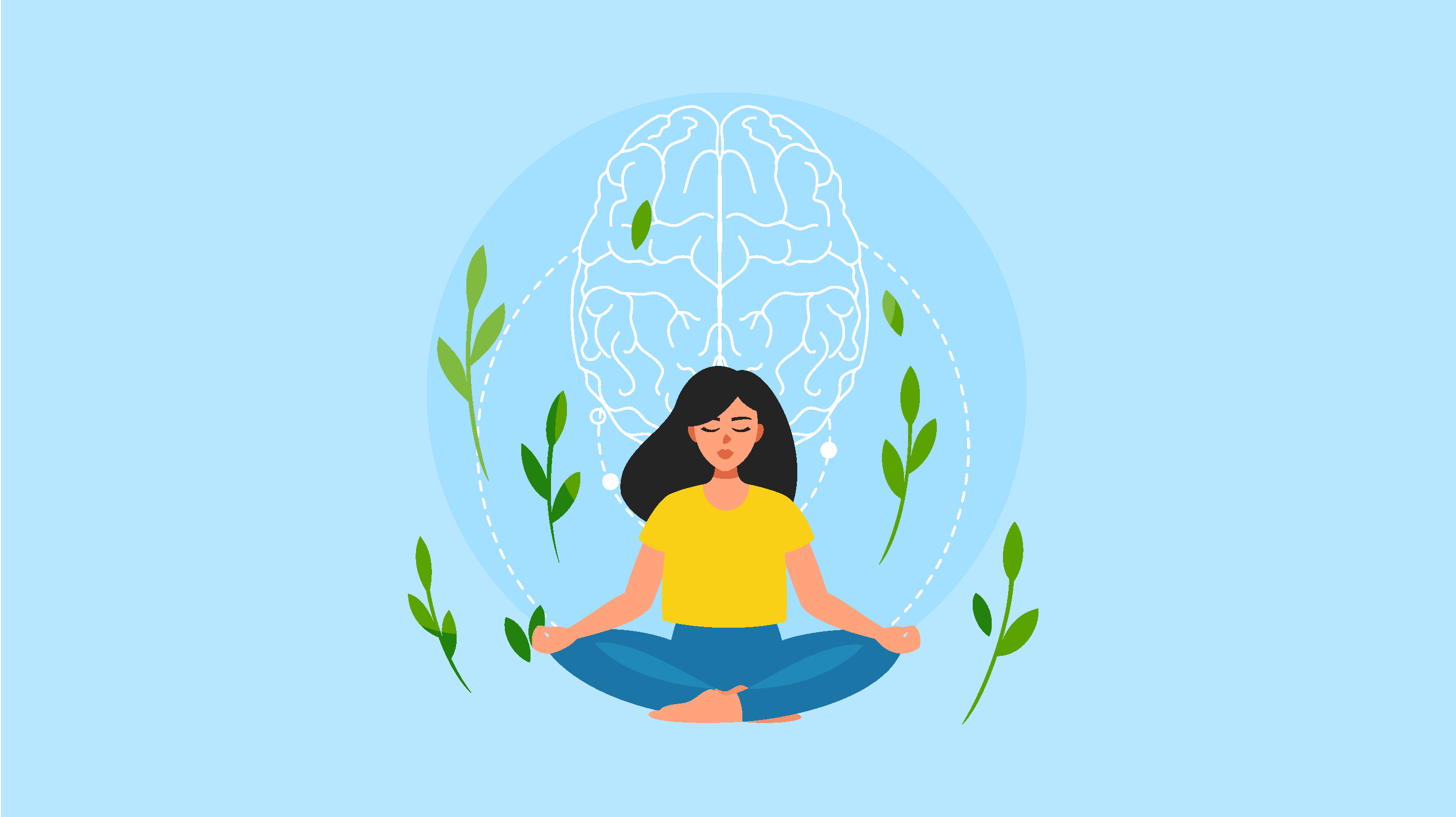Depression deeply affects millions globally, marking it as a top cause of disability. In response, non-invasive brain stimulation (NIBS) emerges as a groundbreaking approach in mental health care. It shines as a beacon of hope, particularly for those finding little relief in traditional therapies.
Within this innovative field, technologies like Transcranial Direct Current Stimulation (tDCS) and brainwave therapy devices are pivotal. They represent key players in this transformative era. By offering new avenues for treatment, NIBS is redefining the battle against depression. It does so with promising, accessible solutions. These technologies herald a new chapter in mental wellness, aiming to reach those in dire need.
The Landscape of Depression and Its Challenges
Depression encompasses more than fleeting sadness. It’s a complex disorder marked by deep, persistent melancholy and a disinterest in daily activities. Symptoms range widely, including disrupted sleep, appetite changes, fatigue, and difficulty concentrating. Rooted in a mix of genetic, environmental, and psychological factors, depression’s treatment complexity often lies in the individualized nature of effective therapies.
Traditional treatments, notably medications and psychotherapy, face limitations. Side effects from drugs can deter ongoing use, while access to quality psychotherapy remains uneven. Given the variability in treatment success, there’s a clear and urgent call for alternative approaches. This need highlights the potential of non-invasive brain stimulation (NIBS) technologies, promising innovative pathways to alleviate depression’s burden.
The Science and Promise of Non-Invasive Brain Stimulation (NIBS)
Non-Invasive Brain Stimulation (NIBS) represents a suite of technologies designed to modulate brain activity without the need for surgery. By targeting specific areas of the brain, NIBS aims to adjust neuronal activity, potentially correcting imbalances that contribute to mental health conditions like depression. This approach offers a less intrusive alternative to conventional treatments, providing hope for those seeking other options.
NIBS encompasses several modalities, including Transcranial Magnetic Stimulation (TMS) and Transcranial Direct Current Stimulation (tDCS). TMS uses magnetic fields to stimulate nerve cells in the brain, while tDCS applies a small electrical current to encourage brain activity.
Both techniques are grounded in the principle of neuroplasticity—the brain’s ability to reorganize itself by forming new neural connections. This capability is vital for improving mood and cognitive functions, laying the foundation for NIBS’s therapeutic potential.
By leveraging neuroplasticity, NIBS offers a promising avenue for mental health treatment. Its ability to directly influence brain function paves the way for addressing the underlying causes of depression, beyond the symptoms. As research progresses, the hope is that NIBS will become a cornerstone in the future of depression therapy, offering effective, personalized treatment options for those in need.
Spotlight on tDCS: A Leading NIBS Technique
tDCS stands out in the realm of Non-Invasive Brain Stimulation (NIBS) for its simplicity and efficacy. tDCS works by delivering a low, steady current through electrodes placed on the scalp. This current is designed to enhance or dampen neuronal activity in specific brain regions associated with mood regulation.
One of tDCS’s notable attributes is its safety profile. With minimal side effects, typically restricted to mild discomfort at the electrode site, tDCS is considered a safe option for most individuals, making it an attractive alternative or adjunct to traditional depression treatments.
Research and clinical trials have bolstered the case for tDCS in depression therapy. Studies have shown that tDCS can lead to significant improvements in mood for individuals with depression, especially when combined with other therapies like psychotherapy. These findings suggest that tDCS could play a crucial role in a multifaceted treatment approach, offering benefits to those who have not fully responded to medication or psychotherapy alone.
In practical terms, tDCS treatment involves sessions that typically last around 20 to 30 minutes, with a frequency that may vary from daily to several times a week, depending on the individual’s needs and the guidance of a healthcare professional.
The expected outcomes can include improved mood, enhanced cognitive function, and reduced symptoms of depression, often observed after a few weeks of consistent treatment. As tDCS becomes more integrated into clinical practice, its accessibility and ease of use are expected to increase, offering a valuable tool in the fight against depression.
Introducing Brain Wave Therapy Devices
As we delve into the spectrum of Non-Invasive Brain Stimulation (NIBS) technologies, brain wave therapy devices emerge as a complementary strategy to tDCS. These devices, including the innovative BrainTap headset, harness the concept of brainwave entrainment.
This process involves using auditory and visual stimuli to influence the brain’s electrical patterns, encouraging states of relaxation, focus, or alertness. By aligning with the brain’s natural frequencies, these devices aim to reduce stress, improve sleep quality, and bolster overall mental well-being, making them a versatile tool in mental health care.
The BrainTap headset stands as a prime example of this technology’s potential. It’s designed for ease of use, allowing individuals to experience therapeutic sessions in the comfort of their own homes. By integrating light and sound therapy, BrainTap effectively guides the brain through various states, facilitating a natural transition into relaxation or heightened awareness as needed.
User testimonials and reviews highlight significant benefits, including reduced anxiety, better sleep patterns, and enhanced cognitive performance. Such feedback underscores BrainTap’s role in modern mental wellness, showcasing how advanced brain wave therapy can support and extend the benefits of traditional treatment methods.
Conclusion
The potential of Non-Invasive Brain Stimulation (NIBS), including techniques like tDCS and innovative devices such as BrainTap, is reshaping the future of depression therapy. By offering more personalized, accessible, and effective treatment options, these technologies hold the promise of transforming mental health care.
As the field continues to evolve, ongoing innovation, research, and an open-minded embrace of new methods will be crucial. Patients and healthcare professionals alike are encouraged to consider these non-invasive strategies as viable supplements or alternatives to traditional treatments, marking a significant step toward comprehensive and effective mental health solutions.








Leave a Reply
You must be logged in to post a comment.